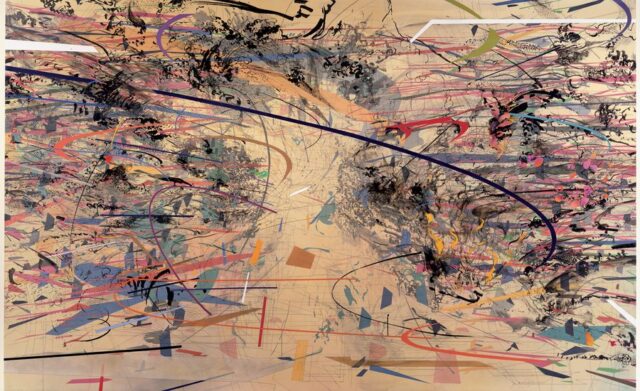
Abstract art has been the symbol of human creativity, innovation, and expression for centuries, transcending the boundaries of visual storytelling. As we have entered the 21st century, the dynamism and complexity of modern abstract art have taken on a life of their own, mirroring the ever-evolving global landscape.
This article ventures into the heart of this form, revealing its inner workings and influential figures, the advancements and challenges it has faced, and its influence on society and culture. For a great place to browse some of these creations and explore contemporary pieces for your home, check https://stoneandgray.co.za/collections/abstract-modern-wall-art-prints.
Influential Artists in the 21st Century
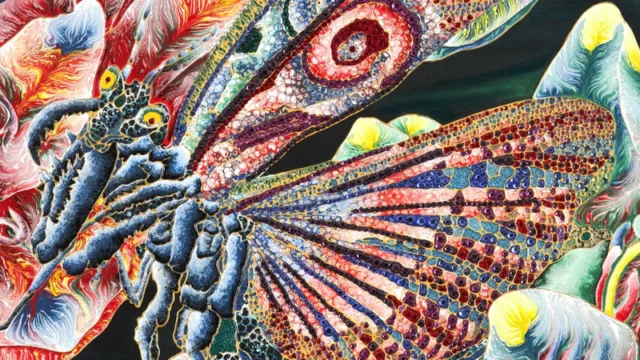
Beginning our journey, the 21st century boasts a plethora of transformative figures who have shaped the modern art landscape. Artists like Ai Weiwei, whose bold sculptures and installations offer profound commentary on socio-political issues, stand at the forefront of contemporary art. His versatility in materials and mediums has established a signature aesthetic, interweaving societal critique with expression.
Another individual of profound influence is Yayoi Kusama. Celebrated for her hallucinatory polka dots and infinity rooms, Kusama has transcended the limitations of traditional abstract art. Through her immersive works, she provides a unique exploration into the mind’s depths, displaying a striking blend of obscurity, beauty, and melancholy.
Exploring Different Styles and Techniques
Various styles and techniques have emerged, reflecting the diverse artistic visions of the century. Action painting, a technique of spontaneous brush strokes, splashes, or drips that conveys an artist’s emotions, is seeing a resurgence. Artists like Cecily Brown continue to embrace this method, their canvases alive with vibrant colors and vigorous brushwork, capturing the essence of chaos and emotion within each piece.
On the other hand, minimalism, a style that reduces art to its essential elements, has evolved into a powerful tool for artistic expression. Artists like Agnes Martin and Robert Ryman use minimalism to convey profound messages, evoking a sense of tranquility and contemplation.
The Role of Technology
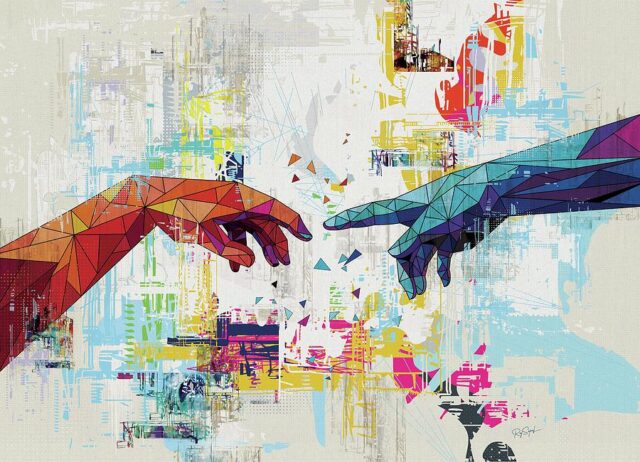
Technology’s influence is unmistakably clear. Digital tools and mediums are becoming integral parts of an artist’s toolkit, revolutionizing the way abstract art is created. Artists like Refik Anadol harness the power of artificial intelligence, integrating it with traditional art forms to create mesmerizing digital installations.
With the rise of 3D printing and virtual reality, artists now possess the means to bring their imagination to life in ways previously unimagined. Sophie Kahn, a pioneer in 3D printing art, uses this technology to create hauntingly beautiful sculptures, merging the physical and digital in a surreal exploration of the human form.
The Impact of Globalization
Globalization, a significant driver of the 21st century, has had a transformative impact on abstract art. This influence has manifested through a heightened exchange of ideas and techniques, enabling artists to draw inspiration from cultures and traditions far removed from their own. A notable example is El Anatsui, an artist who seamlessly fuses African and Western aesthetics into monumental installations, showcasing a truly global perspective.
Despite these new opportunities, globalization poses challenges for artists seeking to maintain their cultural authenticity. As artistic practices homogenize, some artists strive to resist this tide by reinforcing their cultural roots within their work. Bharti Kher, for instance, incorporates Indian iconography and motifs into her creations, thus maintaining a distinct cultural identity amidst the global discourse.
In the Digital Age
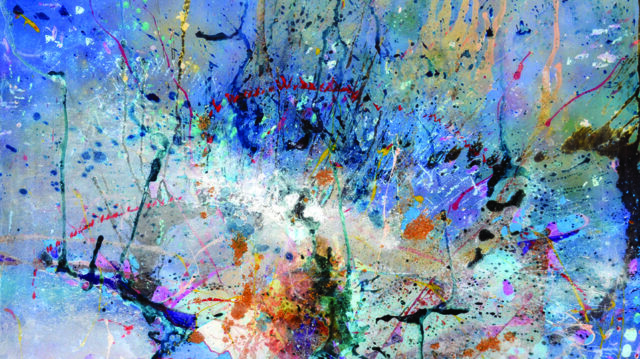
The digital era has reshaped the landscape of abstract art, providing new platforms and opportunities for artists. Social media platforms have emerged as vital spaces for abstract artists, offering a global stage to showcase their work. Artists like Zaria Forman utilize these platforms to great effect, sharing her environmental art with a worldwide audience, engaging in dialogues about climate change, and cultivating a vibrant online community.
In contrast, the growing influence of digital technology has led to the rise of virtual art galleries. These innovative platforms allow artists to exhibit their work in a digital space, thereby reaching a broader audience without geographical limitations. They also offer viewers an immersive and interactive experience, enhancing their understanding and appreciation of abstract art.
Social Commentary
Modern art plays a vital role in social commentary, acting as a mirror to society. Many contemporary artists use abstraction as a tool to reflect on socio-political issues, presenting unique perspectives on critical themes. Banksy, the anonymous street artist, employs abstract imagery to critique societal norms and political corruption, sparking conversations and controversy in equal measure.
At the same time, artists like Doris Salcedo use their work to address past atrocities and collective trauma. Salcedo’s installations, often crafted from everyday objects, carry a haunting resonance of loss and remembrance, offering a somber critique of violence and its enduring impacts. Through their works, these artists demonstrate the power of abstracts to provoke thought, stir emotions, and inspire change.
Exhibitions and Installations
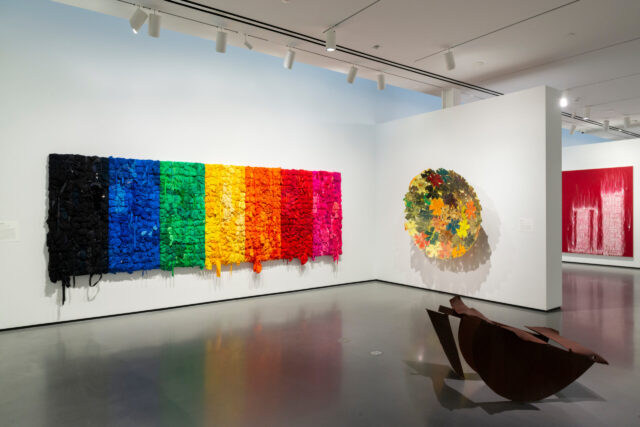
The importance of exhibitions and installations in the world of abstract art cannot be overstated. They provide a physical space where it can be experienced and interpreted in all its depth and complexity. Ann Hamilton’s vast, sensory-rich installations exemplify this, enveloping audiences in an abstract narrative, and inviting them to actively engage with the artwork.
Moreover, renowned exhibitions such as the Venice Biennale and Documenta serve as global platforms for contemporary abstract art. These events highlight emerging trends, promote new artists, and facilitate cross-cultural dialogue. They capture the zeitgeist of the modern art world, setting the tone for artistic innovation and evolution.
Collecting Art: Trends and Challenges
Collecting abstract art, while enriching, presents unique challenges. Navigating the subjective world of abstract art requires discernment and an understanding of an artwork’s intrinsic value beyond its aesthetic appeal. Notable collectors, such as Eli and Edythe Broad, display an innate ability to recognize the potential in emerging artists, amassing remarkable collections that reflect their diversity and dynamism.
However, the rise of digital art and NFTs poses new challenges for collectors. How does one evaluate the value of digital art? How can the authenticity of digital art be guaranteed? As these questions linger, collectors are being compelled to redefine their strategies, reflecting the continually evolving landscape of abstract styles in the 21st century.
Final Thoughts
The journey through the realm of abstract modern art in the 21st century is a voyage of discovery, a testament to human creativity and imagination in a rapidly evolving world. Today, abstract styles are not merely an aesthetic endeavor, but a platform for social discourse, a product of technological innovation, and a reflection of our shared human experience.
The future remains as abstract as the art itself – undefined, ever-evolving, and bound only by the limits of our collective imagination. As we continue to navigate this vibrant landscape, the possibilities for exploration and understanding seem, indeed, infinite.









